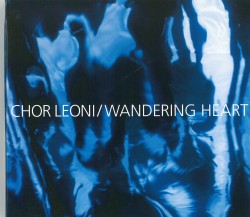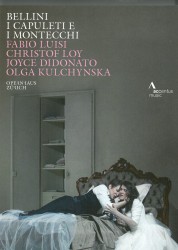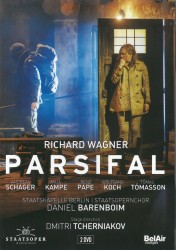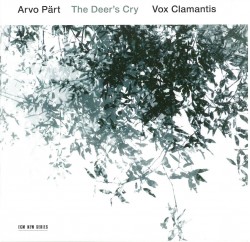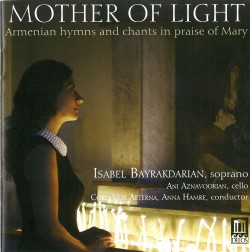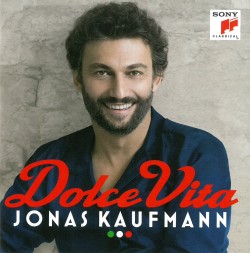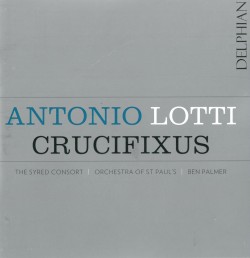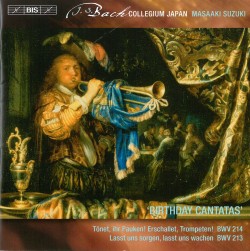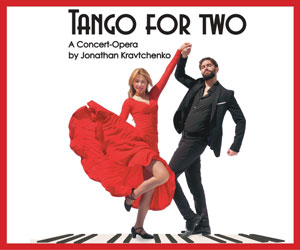Canzonette Spirituali, e Morali - Capella Intima; Bud Roach
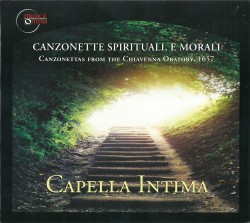 Canzonette Spirituali, e Morali
Canzonette Spirituali, e Morali
Capella Intima; Bud Roach
Musica Omnia mo0701 (musicaomnia.org)
Capella Intima is a Canadian vocal ensemble led by tenor/baroque guitarist Bud Roach and includes singers Sheila Dietrich, Jennifer Enns Modolo and David Roth. Flawless intonation, excellent diction and infectious enthusiasm (including strummed guitar) mark the group as a major contributor to the Baroque music scene. As explained in Roach’s excellent program notes, Canzonette Spirituali, e Morali (published 1657) includes canzonettas (here, spiritual songs in a popular vein), solo arias with recitative, and dialogues. Intended for the oratory rather than church worship, these musical exhortations for personal piety previously designated as anonymous are now attributed to the priest Francesco Ratis.
Variety in the 22 works on this CD chosen from the Canzonette is demonstrated by some of my favourites. The opening Poverello, che farai? (Poor thing, what will you do?) is a simple strophic song warning us to change our ways. Capella Intima’s virtuosity shows in fast-tempoed Fuggi, fuggi, fuggi (“O run, run away [from this deceitful world]”). To La mala compagnia – “Bad company will lead you to the tavern, and if you don’t want to go, you’ll get a good beating” – Capella Intima adds slaps and moans! Other numbers are tender: Spera Anima (Place your hope, my soul) is emotionally affecting while Angiol del Ciel (O Heavenly Angel) lives up to its title. The accompanying booklet contains English translations but original Italian texts must be downloaded. I suggest listening to only a few pieces at a time as the texts’ meanings are crucial.
Roger Knox


